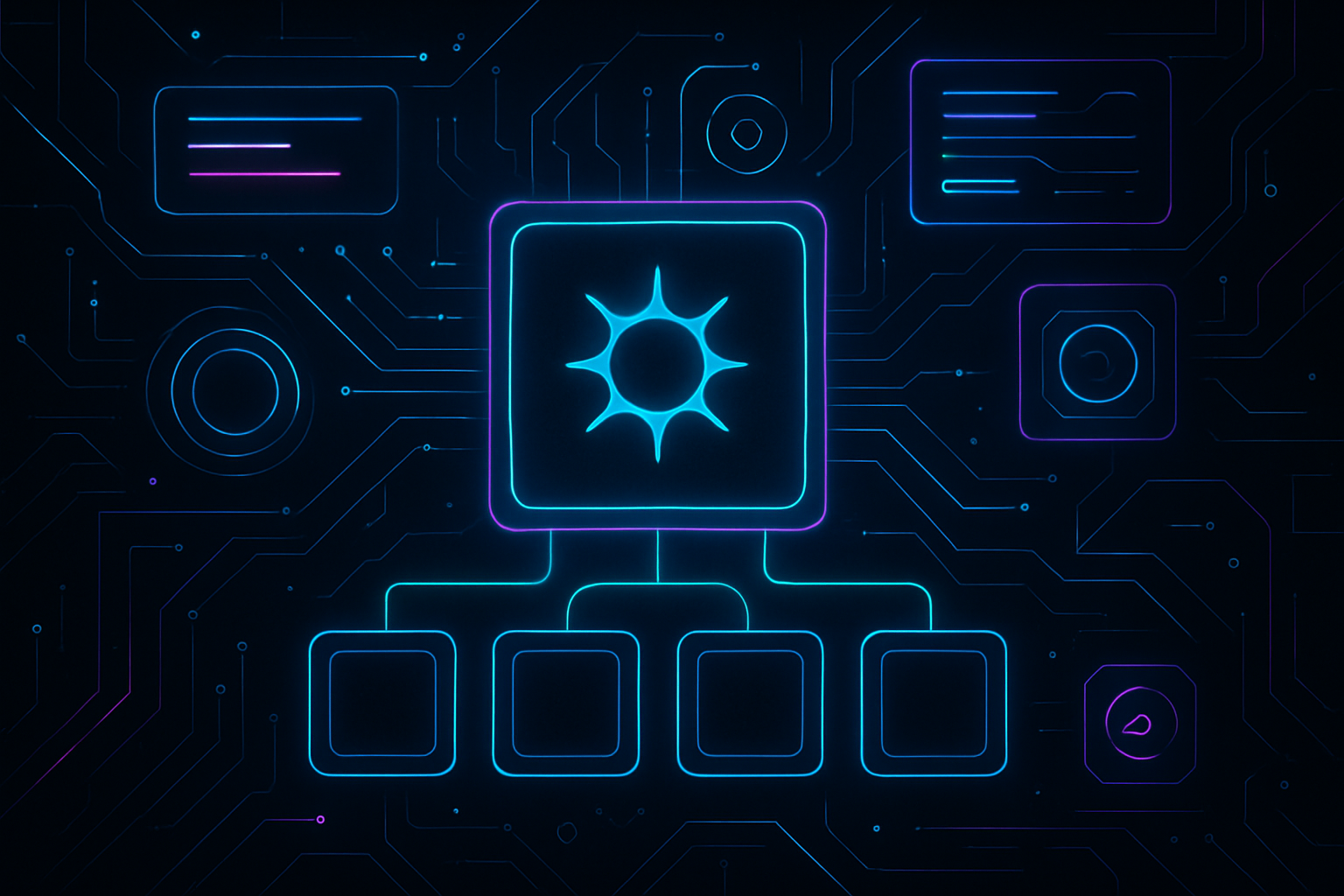
As blockchain adoption accelerates, the scalability bottleneck of monolithic chains becomes increasingly clear. Traditional blockchains, where execution, consensus, and data availability are tightly coupled, struggle to keep pace with the demands of modern decentralized applications. Celestia has emerged as a modular blockchain solution, offering a dedicated data availability (DA) layer that empowers scalable rollups and unlocks new possibilities for modular blockchain architectures.

Decoupling Data Availability: The Core of Celestia’s Approach
At the heart of Celestia’s innovation is its separation of data availability from execution and consensus. Rather than forcing every node to process every transaction, Celestia allows rollups to focus exclusively on execution while delegating data availability and consensus to its own specialized layer. This modularity is not just a theoretical improvement – it is a practical solution to the data bottleneck that has plagued high-throughput blockchains for years.
Celestia’s DA layer is designed to be both scalable and cost-effective. By leveraging Data Availability Sampling (DAS), Celestia enables light nodes to verify the presence of block data without downloading the entire block. This dramatically reduces the computational burden on individual nodes, enabling a broader and more decentralized validator set. As more light nodes join the network, Celestia’s throughput increases, further enhancing scalability for integrated rollups.
Technical Innovations: DAS and Namespaced Merkle Trees
Celestia’s approach to data availability is built on two key technologies: Data Availability Sampling (DAS) and Namespaced Merkle Trees (NMTs).
- DAS: Light nodes conduct multiple rounds of random sampling on small portions of block data. Through statistical analysis, they can determine with high probability whether the entire block is available to the network. This technique not only enhances security but also makes it practical for lightweight devices to participate in validation.
- NMTs: Each block’s data is partitioned into namespaces, one for every application or rollup using the DA layer. This organization allows rollups to retrieve only their relevant data, improving efficiency and reducing unnecessary processing overhead.
For developers building on modular rollup frameworks like Rollkit or integrating with Rollup-as-a-Service providers such as Conduit or Caldera, these innovations translate to real-world benefits: higher transaction throughput, reduced infrastructure requirements, and robust security guarantees.
Cost Efficiency and Market Impact: Celestia at $1.11
Cost is a critical factor in blockchain adoption. Celestia’s DA layer currently offers a compelling value proposition: at just $7.31 per megabyte, it undercuts Ethereum’s equivalent cost of $20.56 per megabyte by a substantial margin. The recent rollout of SuperBlobs has driven this figure even lower – to an industry-leading $0.81 per megabyte. For context, as of this writing, Celestia’s price stands at $1.11, reflecting growing confidence in its role as a foundational modular DA solution.
This cost advantage directly translates to cheaper rollup deployments and greater flexibility for developers experimenting with new execution environments or virtual machines. It also incentivizes the proliferation of specialized rollups – from DeFi chains to gaming platforms – that can plug into Celestia’s DA layer without incurring prohibitive operational costs.
Celestia’s Expanding Ecosystem: Integrations and Frameworks
The modular thesis advanced by Celestia has catalyzed a wave of integrations across the rollup landscape. Lightweight rollup frameworks like Rollkit are purpose-built to leverage Celestia’s DA capabilities, while major stacks such as Arbitrum Orbit and OP Stack are already exploring plug-and-play compatibility. Meanwhile, Rollup-as-a-Service providers including Conduit, Zeeve, Caldera, and Gelato simplify the process of launching new chains on Celestia – democratizing access to modular blockchain infrastructure for teams of all sizes.
Together, these technical breakthroughs and ecosystem integrations position Celestia as a cornerstone of the emerging modular blockchain paradigm. In the next section, we’ll examine how these features empower scalable rollups in practice and what this means for developers seeking to build on top of Celestia’s architecture.
With Celestia’s modular data availability layer, the path to scalable rollups is no longer theoretical. The real-world impact is visible in the growing diversity of rollup architectures and the speed at which new application chains are coming online. By decoupling the most resource-intensive component, data availability, from execution, Celestia enables developers to launch highly customizable, high-throughput rollups without being constrained by the limitations of legacy monolithic chains.
Empowering Scalable Rollups: Practical Outcomes for Developers
For teams building on frameworks like Rollkit or leveraging Rollup-as-a-Service providers such as Conduit and Caldera, Celestia’s DA layer unlocks several strategic advantages:
Top Benefits of Celestia’s Modular DA Layer for Developers
-
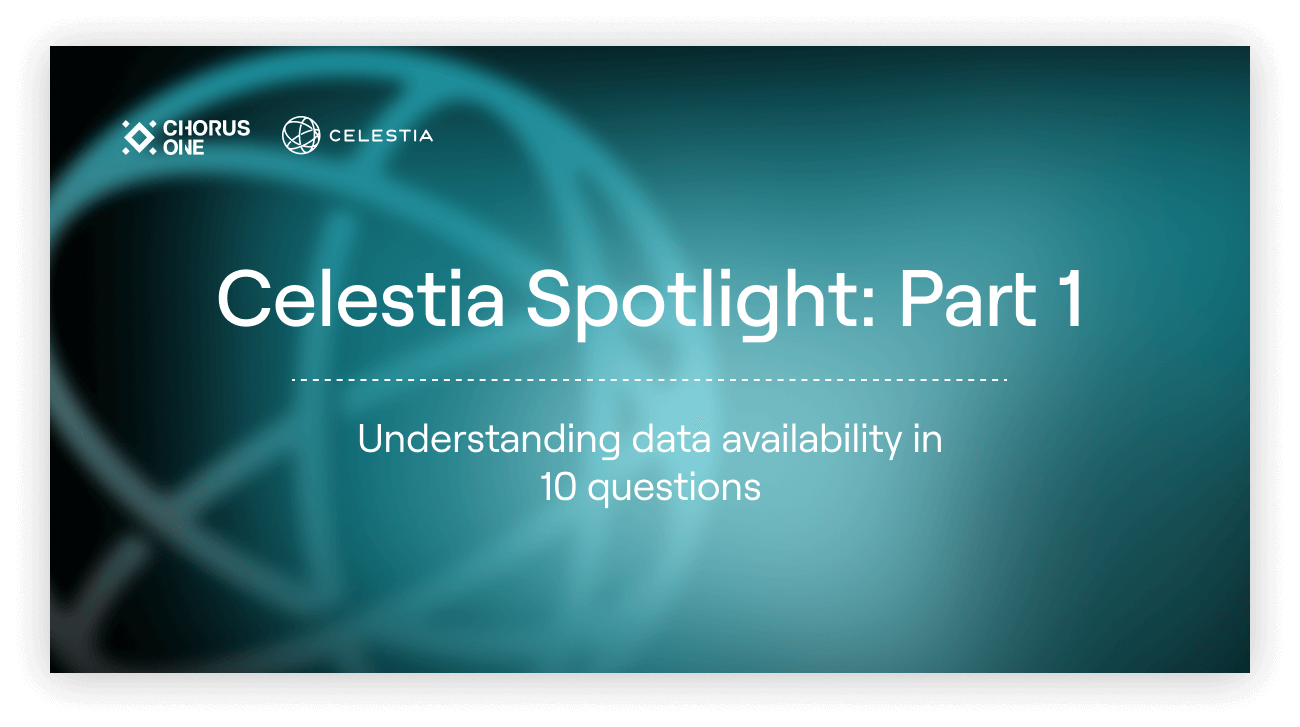
Efficient Data Availability Sampling (DAS): Celestia enables light nodes to verify block data availability by sampling small portions, ensuring secure and scalable verification without downloading the entire block.
-
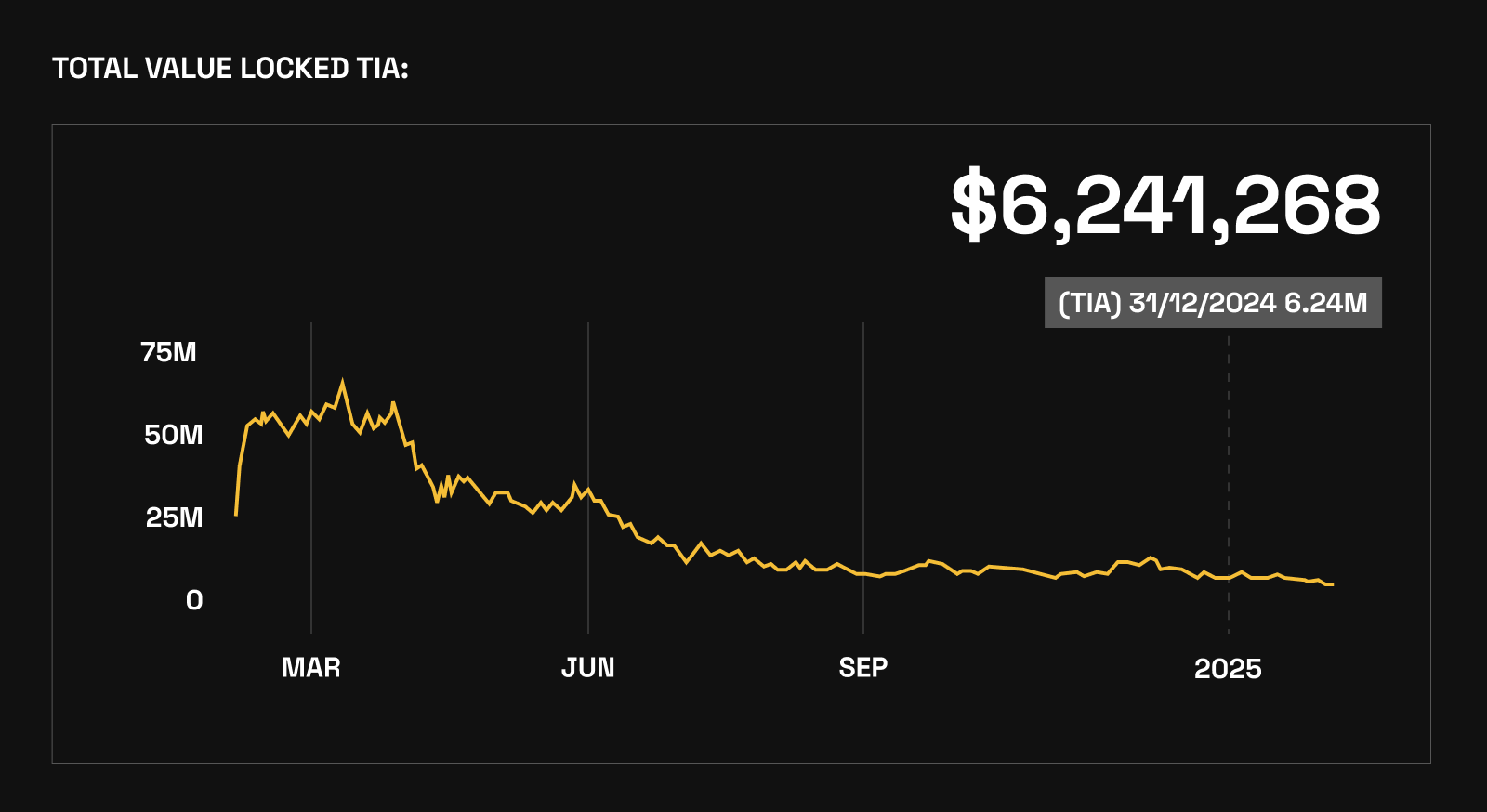
Significant Cost Savings: Developers benefit from lower data publishing costs—Celestia’s DA layer charges $7.31 per megabyte, and with SuperBlobs, costs drop to $0.81 per megabyte, compared to Ethereum’s $20.56 per megabyte.
-
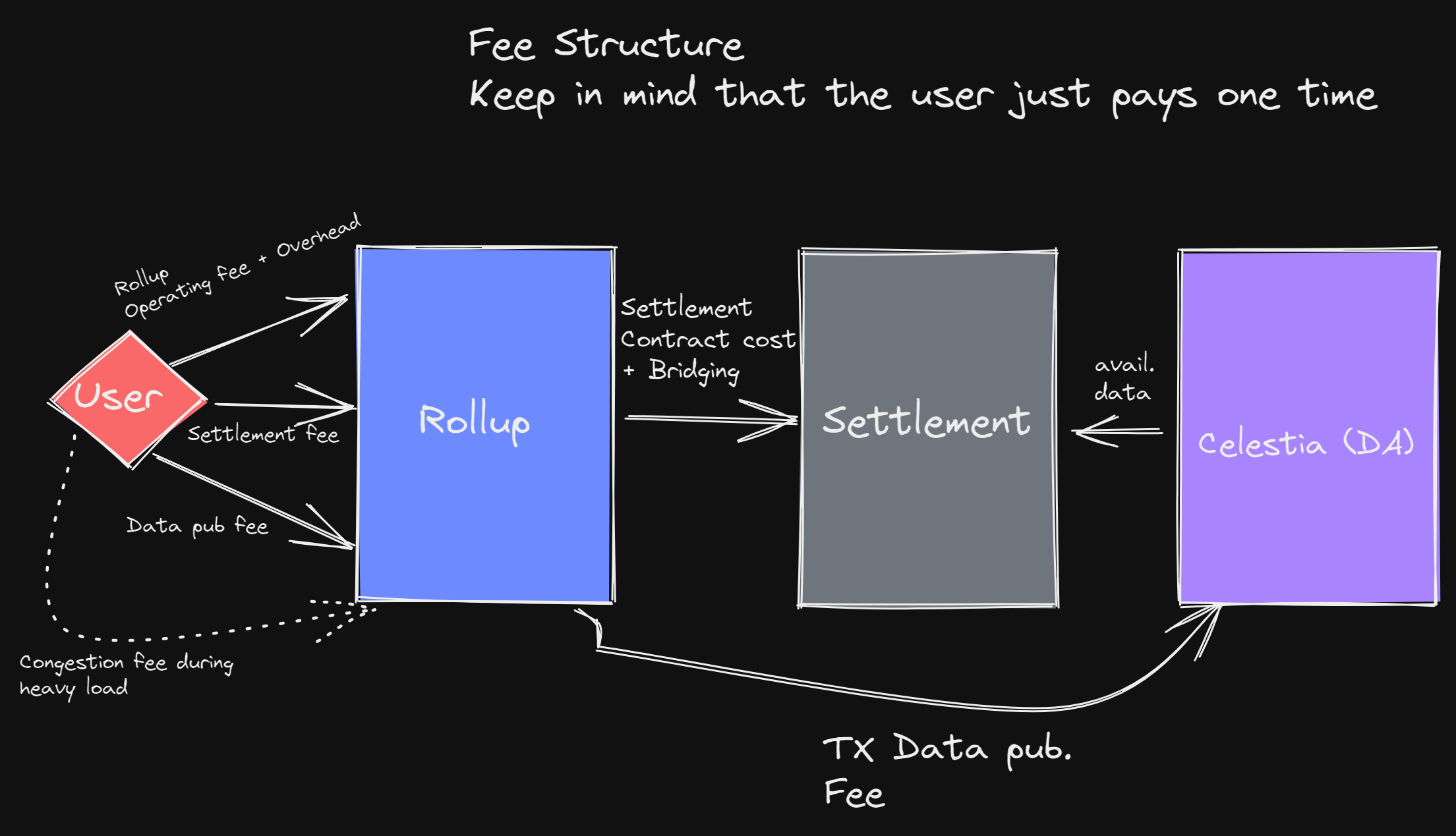
Scalable Rollup Throughput: By offloading data availability to Celestia, rollups can process more transactions and achieve higher throughput, unconstrained by monolithic blockchain limitations.
-
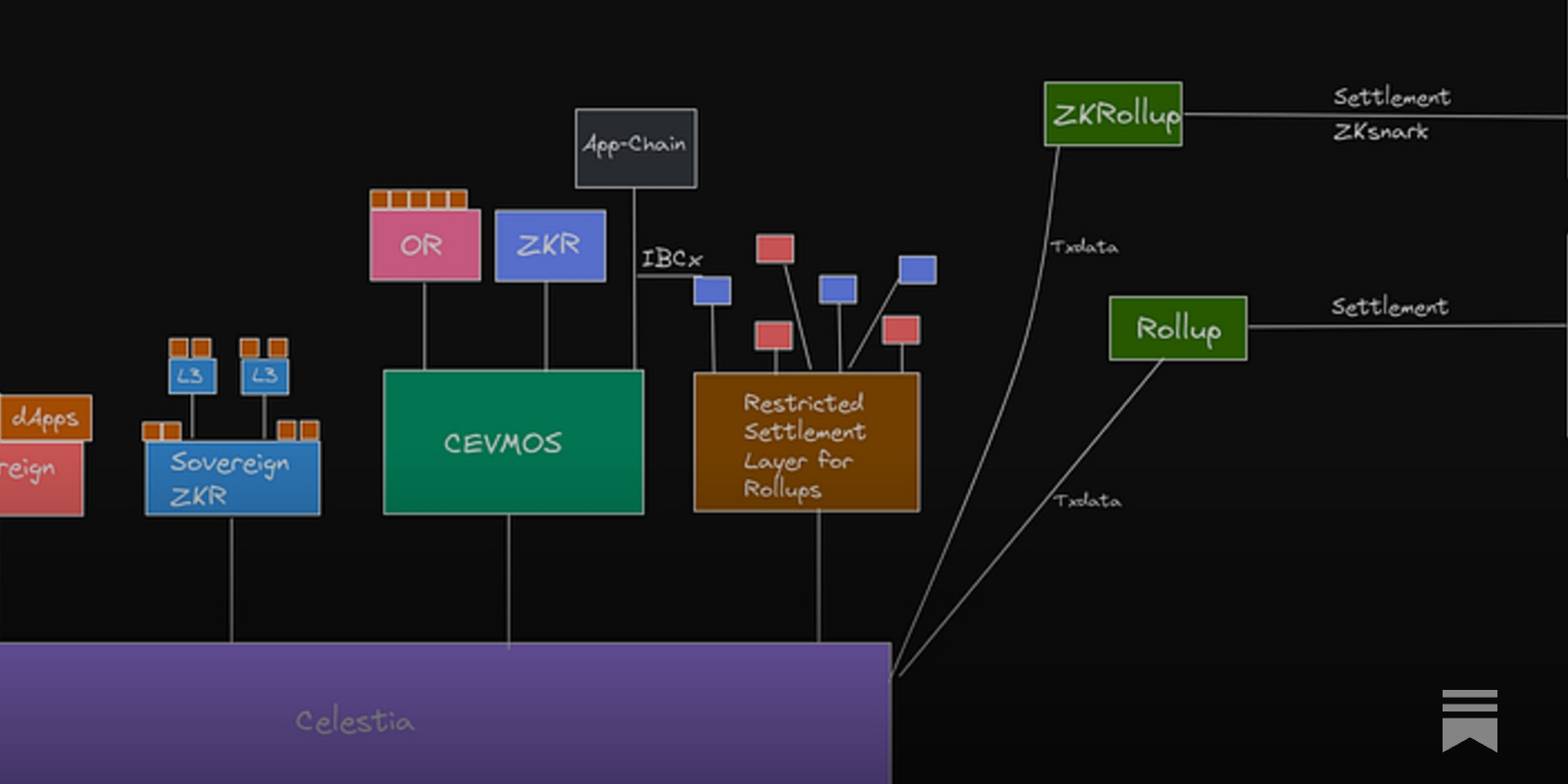
Namespaced Merkle Trees (NMTs): Celestia organizes block data into distinct namespaces, letting rollups retrieve only relevant data, which improves efficiency and reduces overhead.
-
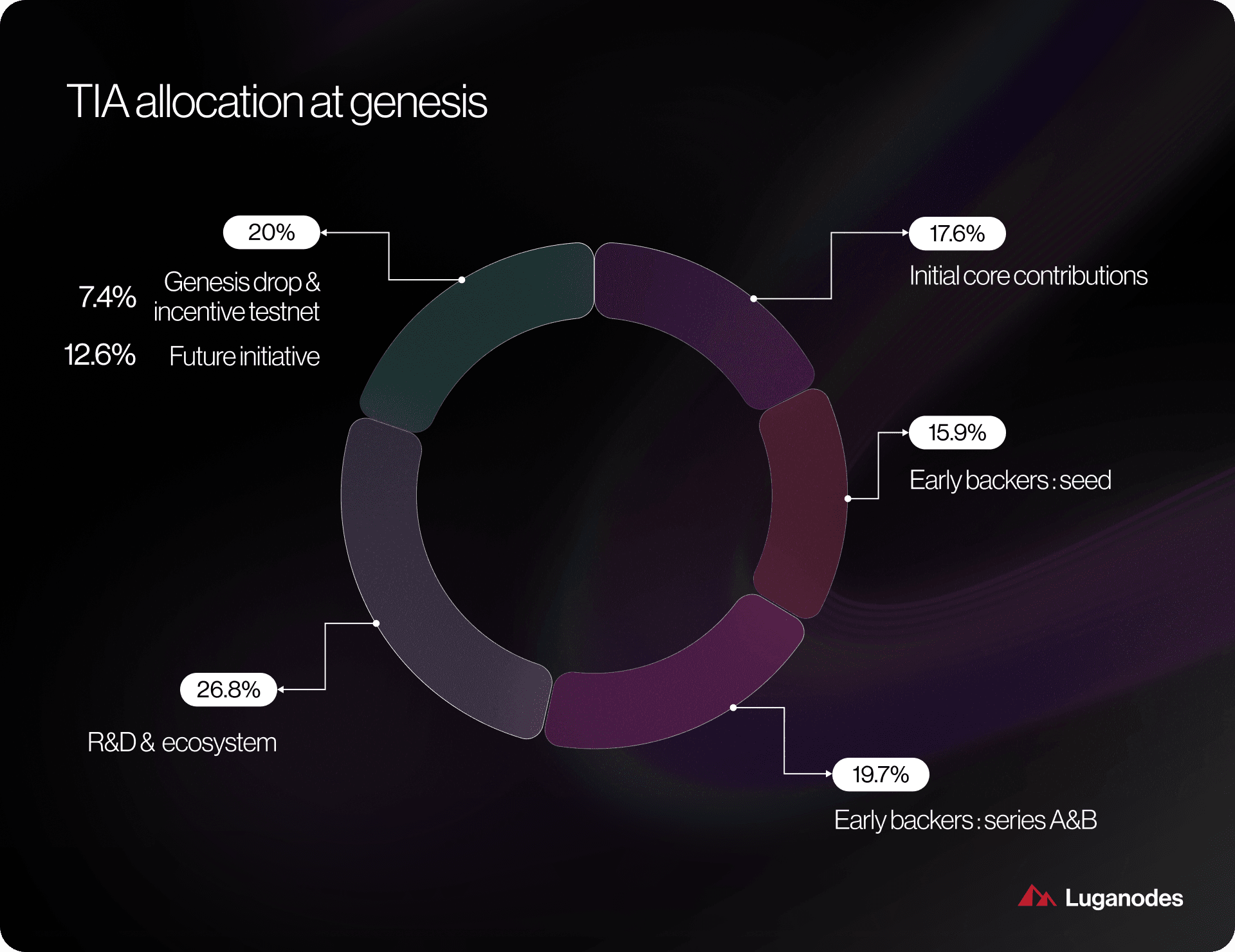
Modular Flexibility and Customization: Celestia’s design allows developers to choose their execution environments and virtual machines, fostering innovation and tailored solutions.
-
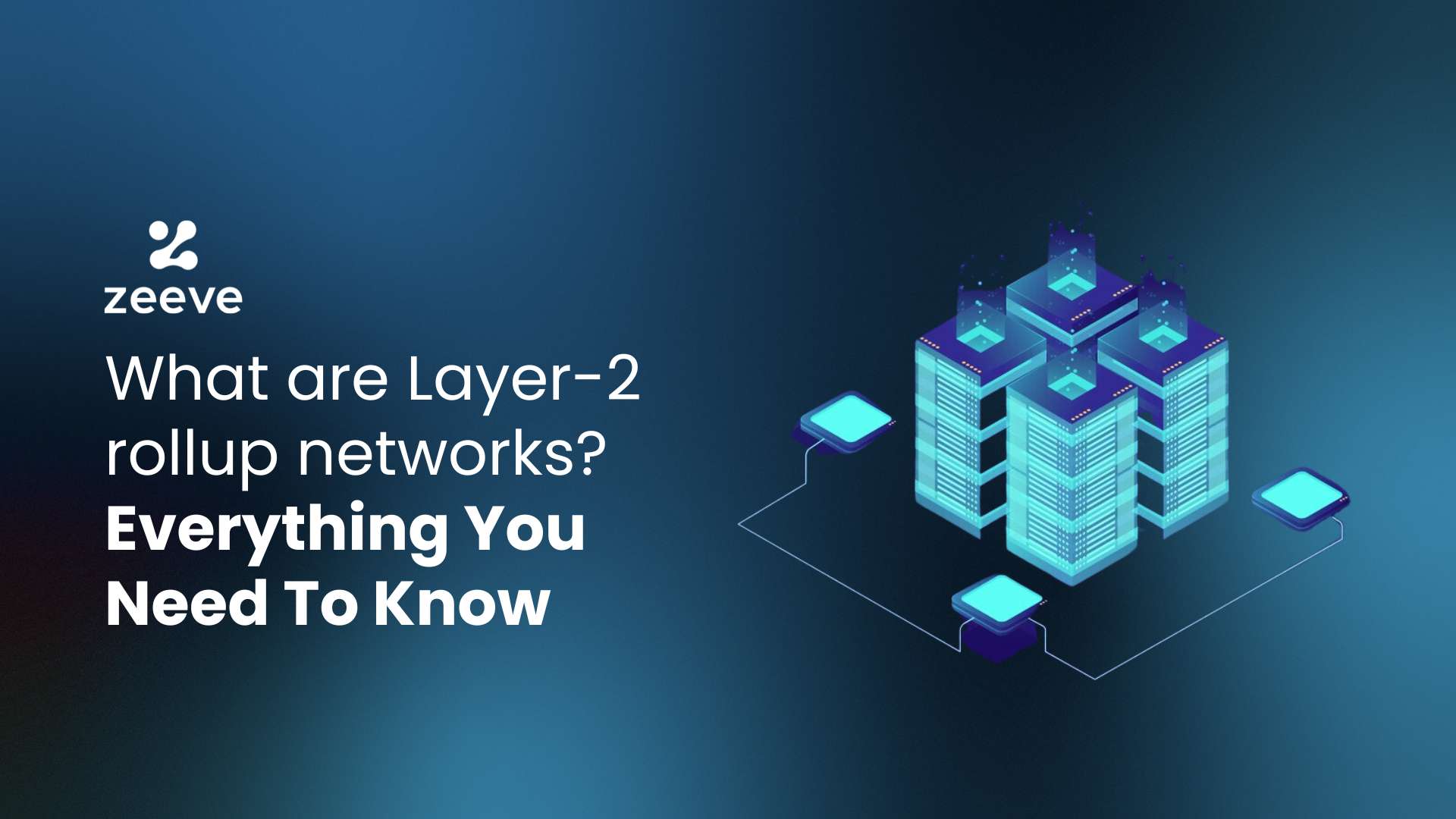
Seamless Ecosystem Integrations: Celestia supports integration with major rollup frameworks like Rollkit, Arbitrum Orbit, OP Stack, and RaaS providers such as Conduit, Caldera, Zeeve, and Gelato, enabling rapid deployment of scalable chains.
1. Seamless Scalability: Rollups can increase transaction throughput by offloading data availability to Celestia, sidestepping the congestion and slowdowns endemic to monolithic L1s. As more light nodes participate in DAS, network throughput scales linearly, supporting mass-market dApps and complex on-chain logic.
2. Lower Barriers to Entry: With data publishing costs as low as $0.81 per megabyte via SuperBlobs, launching a new rollup is more accessible than ever. This cost efficiency allows experimentation with novel execution environments and governance models without risking prohibitive expenses.
3. Robust Security: DAS and NMTs ensure that even lightweight nodes can independently verify data availability, reducing reliance on centralized infrastructure or trust assumptions. This decentralization is critical for maintaining censorship resistance and long-term resilience.
Integrating with Celestia: A Developer’s Perspective
Integrating a rollup with Celestia’s DA layer is designed to be frictionless. Frameworks like Rollkit abstract away much of the complexity, providing developers with plug-and-play modules for data publishing and retrieval. For those seeking a turnkey experience, RaaS platforms such as Conduit and Gelato offer managed solutions that handle deployment, monitoring, and scaling, freeing teams to focus on application logic and user experience.
Moreover, Celestia’s namespaced architecture means that each rollup operates in its own isolated data environment. This not only improves efficiency but also enables composability between modular chains, paving the way for cross-rollup interoperability and shared liquidity models.
Market Dynamics: Celestia’s Position at $1.11
Celestia’s current price of $1.11 underscores its growing influence as a foundational modular DA protocol. The steady adoption by leading rollup frameworks and RaaS providers signals strong developer conviction in Celestia’s long-term value proposition. As modular architectures continue to gain traction and more teams migrate from monolithic to modular stacks, demand for cost-effective data availability solutions is likely to accelerate.
Looking ahead, the introduction of features like SuperBlobs, reducing DA costs to $0.81 per megabyte, positions Celestia as a catalyst for experimentation and rapid innovation in the rollup space. Lower costs and higher throughput are already attracting new categories of applications, from DeFi and NFTs to gaming and social protocols.
“Celestia is not just a DA layer; it’s an innovation engine for modular blockchains. “
The Road Ahead: Modularity as the New Standard
The modular paradigm championed by Celestia is reshaping how developers approach blockchain scalability and architecture. As more projects adopt modular rollups, expect to see:
- Specialized execution environments tailored for unique use cases
- Greater composability between independent rollups
- Rapid iteration cycles as DA costs continue to fall
- A more decentralized validator landscape, driven by DAS-enabled light nodes
For builders seeking a future-proof foundation, integrating with Celestia’s data availability layer is quickly becoming best practice. The combination of technical innovation, cost efficiency, and a vibrant ecosystem makes Celestia a linchpin in the evolution of scalable modular blockchains.







